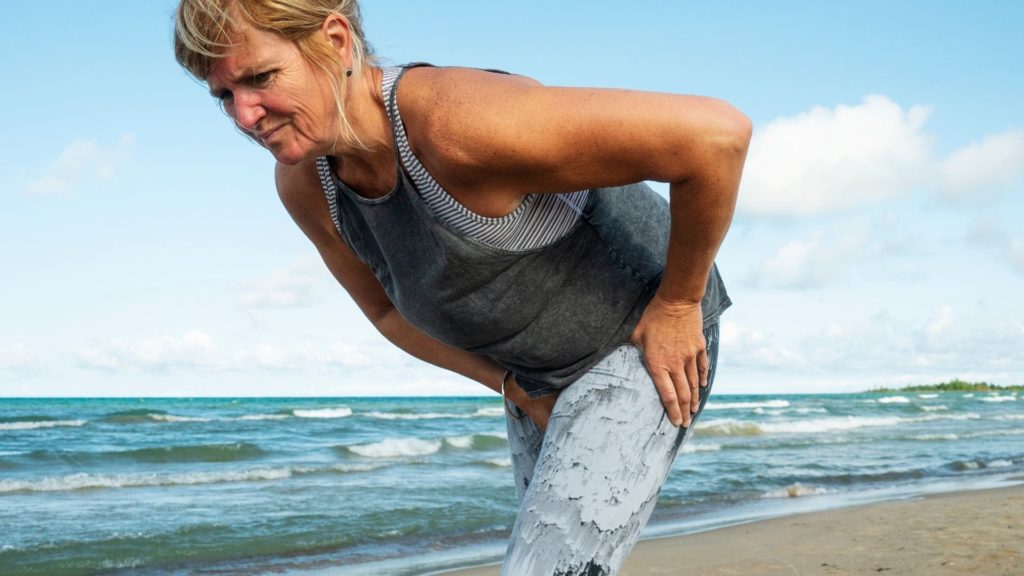
How Long For A Tendon Injury To Heal?
Thank you for joining us for today’s livestream where we talked about how long it can take for tendon injuries to heal. If you regularly suffer with tendinitis or it’s a problem that’s just started alongside going back to work, we’re going to explain why these problems happen and how to resolve them. This won’t be going through how to resolve complete tears of tendons.
Yesterday we covered collagen as supplementation can help with making sure you’re getting the right nutrients to heal tendon injuries. Type 1 collagen makes up tendons and they have a relatively poor blood supply. They don’t require a lot of blood supply as they’re responsible for being the adjoining structure of joints. When you get an injury, your body lays down a clot and directs healing processes there. Circulation is going to be flushing the area with healing nutrients and shifting away waste products from the injury.
We often see people who have repetitive strain in tendons and often people feel the need to poke and prod at their injury after they’ve had treatment. It’s common to want to massage it or to try and almost provoke the pain if it’s been relieved by treatment, but it’s really important to just leave it alone and let the tissue repair itself. We often think massage is harmless and in some cases it is, but if you’re digging down into the area you’re going to create muscle tears.
When treating tendon issues, we perform vibration therapy on the muscles either side of the tendon rather than on the tendon itself to help loosen it off. If the muscle is tight it’s going to pull on the tendon. Stretching is an effective way to loosen the muscles but there’s the tendency to stretch will all of your weight or to pull it to the end of its range so that you can feel it, but this isn’t helpful for the tendon. This is why vibration can be effective in the interim. It’s also not helpful to stretch directly after running in order to avoid something like achilles tendinitis, as you’ve already stretched the area a lot during treatment.
Using ice can be very helpful to help increase circulation. You’ll want to do ice for less time than you would if it’s on your back, which is generally no more than 5 minutes so just a couple of minutes will do. Laser therapy here at the clinic can also be helpful, as this uses light therapy to target the injury at the level of the cells to increase activity and circulation. Regenerative medicine treatments can also be promising on these injuries as well such as prolotherapy and PRP. Steroid injections can reduce inflammation as it’s an anti-inflammatory drug, but they do have a negative impact on the healing of the tendon. You should have a good conversation with your practitioner to understand if it’s the right treatment for you and that there’s no suitable alternative.
We had a young lady come into the clinic who had tendinitis in the hip alongside back pain. She was very diligent with stretching but was taking it to an extreme in terms of duration and how often. We requested that she refrain from stretching completely and continue her regular gym work and her hip pain went away, as the stretching was too vigorous.








